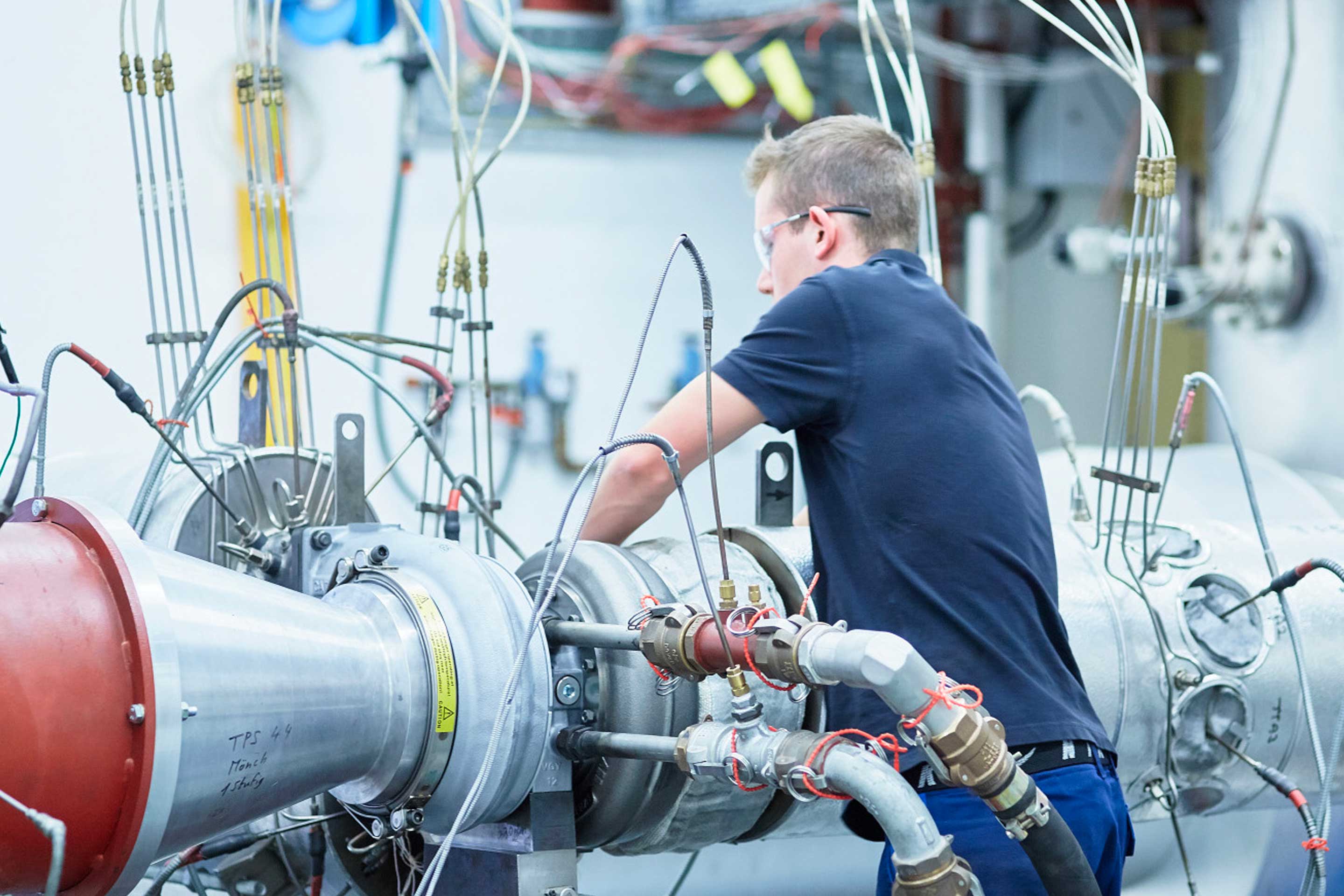ABB Turbocharging has operated a world-leading test center for nearly as long as the company and the technology has existed.
First constructed 97 years ago, the original test center was located just a few hundred meters away from its current location, directly opposite the main headquarters of the business in Baden, Switzerland. As the original inventor and leader in the technology of turbocharging, advanced research and development and testing has always been a key requirement for the company.
Michael Jung, head of the Test Center, has a similarly storied history. He first joined ABB 25 years ago and has worked with turbochargers since 1998. For the past ten years, he has been the head of the Test Center. As Michael says, the Test Center is a very necessary part of ABB’s armory: “We are technology leaders, so we need to be at the edge of testing technology.”
It has grown over time, of course: the current Test Center was first opened in 1997, and then additions to the building to allow testing for the largest two-stage turbocharging systems were made, with the new ‘Moench’ (2008) ‘and ‘Jungfrau’ (2013) test-beds added to the facility.[1]
The Test Center is focused on supporting Research and Development at ABB Turbocharging. Its work lies in testing new or modified technologies, turbochargers and components in their very early stages, helping to establish their thermodynamic performance, mechanical integrity and ability to keep working within set constraints. Then, the facility is also used later for a multi-stage qualification program to ensure components can withstand the pressures of the conditions they’re expected to withstand in the field. There are potentially 25 stages to this qualification testing, though depending on the nature of the component and its level of development, a sub-set of 10-17 tests are chosen.
A total of 50 people work at the Test Center, from assembly technicians and engineers, to PhDs in the field. The Center receives an average of 90 test orders over the course of the year, but these can be very different in scope, resource requirements and the time allotted.
The Center contains six combustion chamber driven test beds and four further component test rigs to ensure the operation of the entire product portfolio for simulating the wide range of applications and environments in which ABB’s turbochargers are work successfully.
“I would like to add here: The testing and supply infrastructure has to keep flexible in order to continuously adapt to the latest technology developments and testing requirements.
But not all of the qualifications on a product’s way to release are conducted experimentally. Simulation using powerful computers has a major part to play, used alone or in tandem with thermodynamical and mechanical testing to understand how components will behave in a wider set of circumstances or over a longer time period,” Michael says.
Test Center personnel also work together with ABB’s customers and partners at engine manufacturers, or in the field: “It’s not uncommon for unique engine and turbocharger components to be developed together, and so we co-operate with the engine manufacturer at their own facilities to ensure the best match.”
Of course, procedures at the Center have been adapted to meet all current safety rules and standards. Today, nobody can enter the test chamber while prototype machinery (which have not yet passed their containment qualification) is running, and the walls around those chambers are thick enough to withstand drastic failures during the tests. The advancement of robotics has aided here, so that readings can be completed without risk to technicians: during sound emission tests, for example, robots hover around different areas of the machinery with microphones feeding results to the control room next-door.
In the video below, Michael explains more about the work of the Test Center and how one stage of the qualification program – tests for the effects of blade vibration – are conducted using both strain-gauge technology and lasers to measure the amplitude of vibrations in blades spinning at up to 900 rps.














